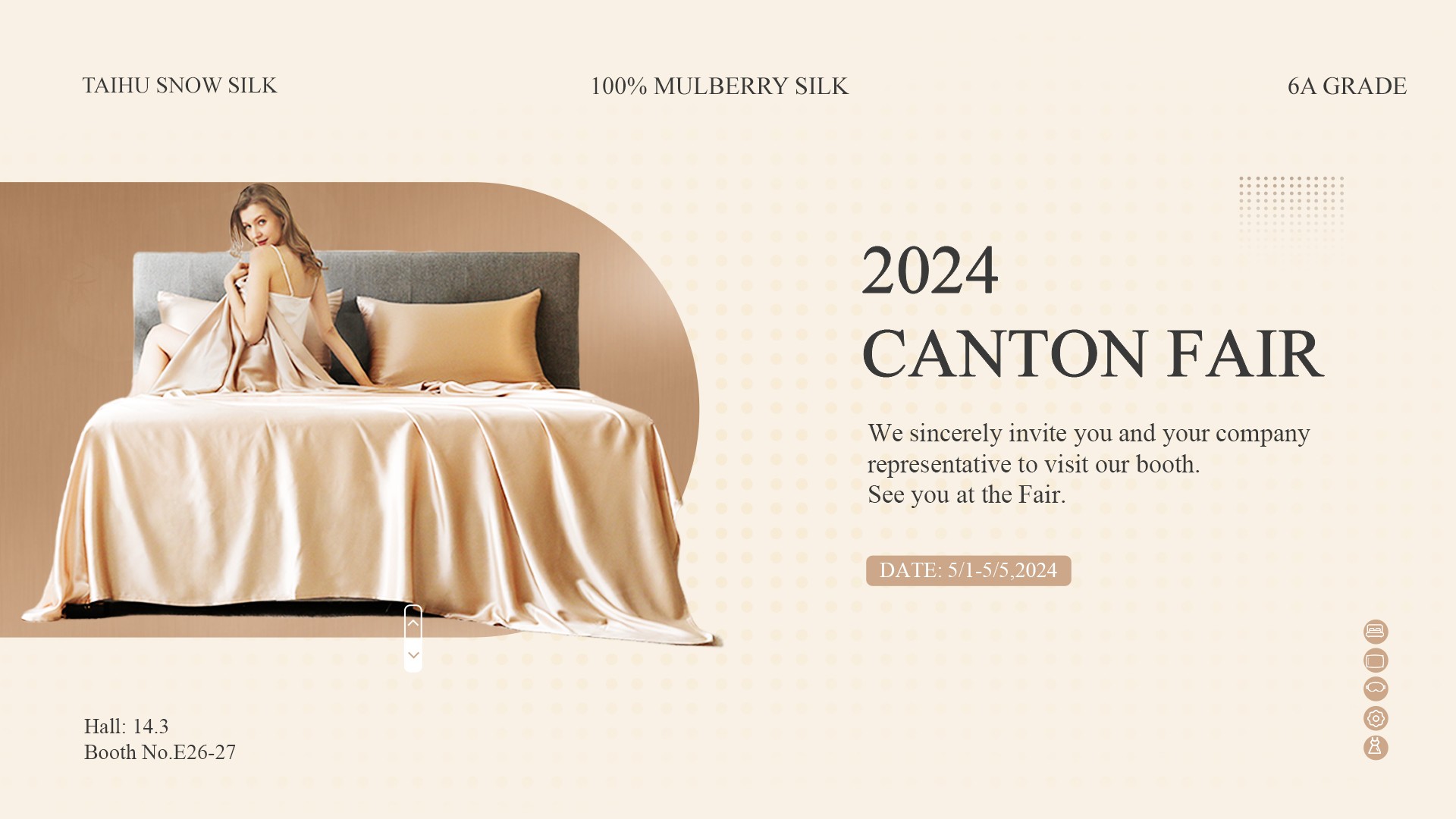
2024-04-10 Welcome to Taihu Snow's May show - 2024 Canton Fair ;Hall 14.3 Booth No.E26-27 Date:1/5-5/5,2024 Home Textile Silk Manufacturer
Read More 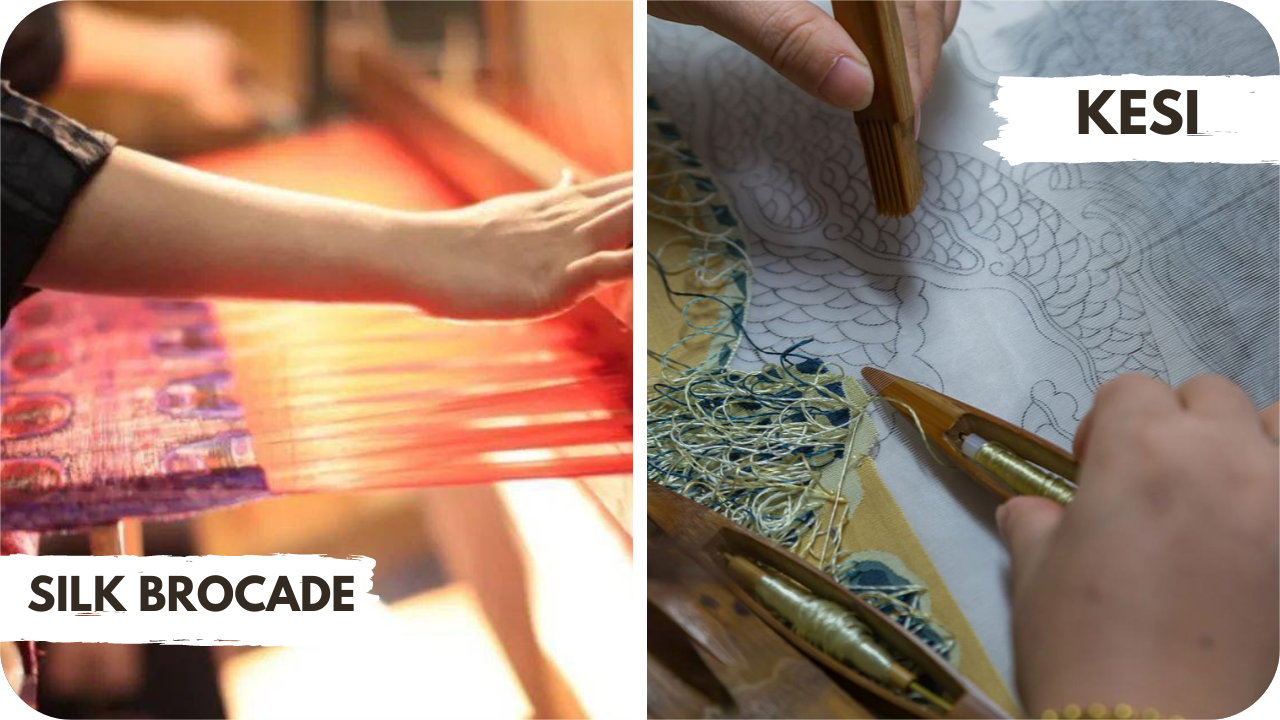
2024-02-01 Silk Brocade, Kesi: Unraveling the Elegance of This Traditional Fabric CraftThe Essence of Silk Brocade
Read More 
2024-01-30 Silk Classification Series Sixth Velvet & Silk-and-Wool Bengaline
Read More 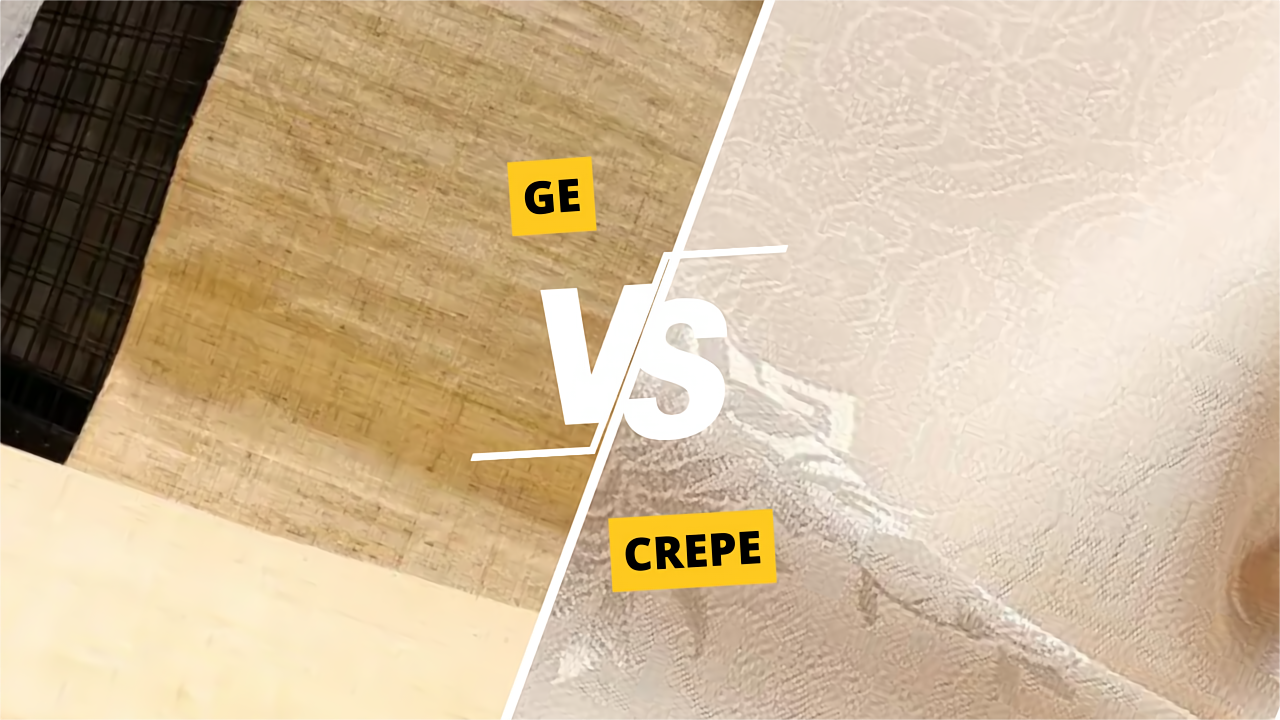
2024-01-26 Silk Classification Series Fifth GE & CrepeSilk
Read More 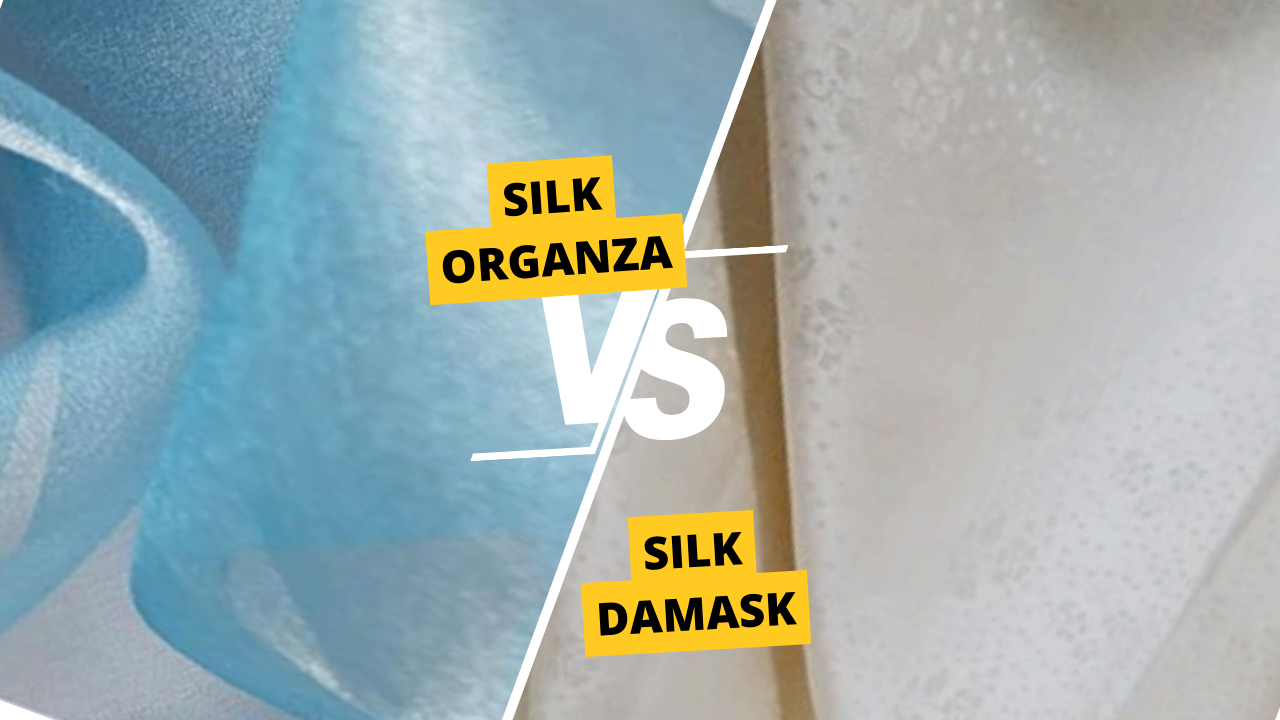
2024-01-18 Silk Classification Series Fourth Silk Organza & Silk Damask Let's explore how these beautiful textiles are created.
Read More 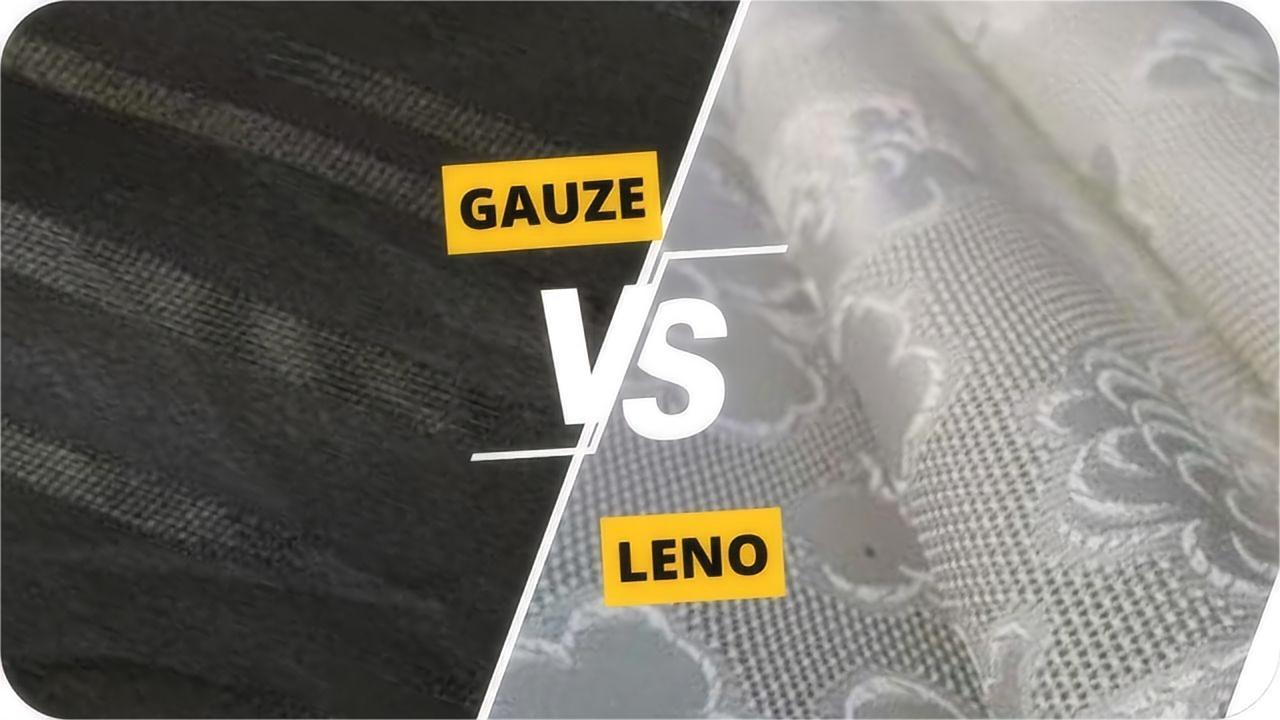
2024-01-12 Silk Classification Series Three Gauze & Leno Fabrics, Wholesale Silk Supplier Suzhou Taihu Snow Silk
Read More 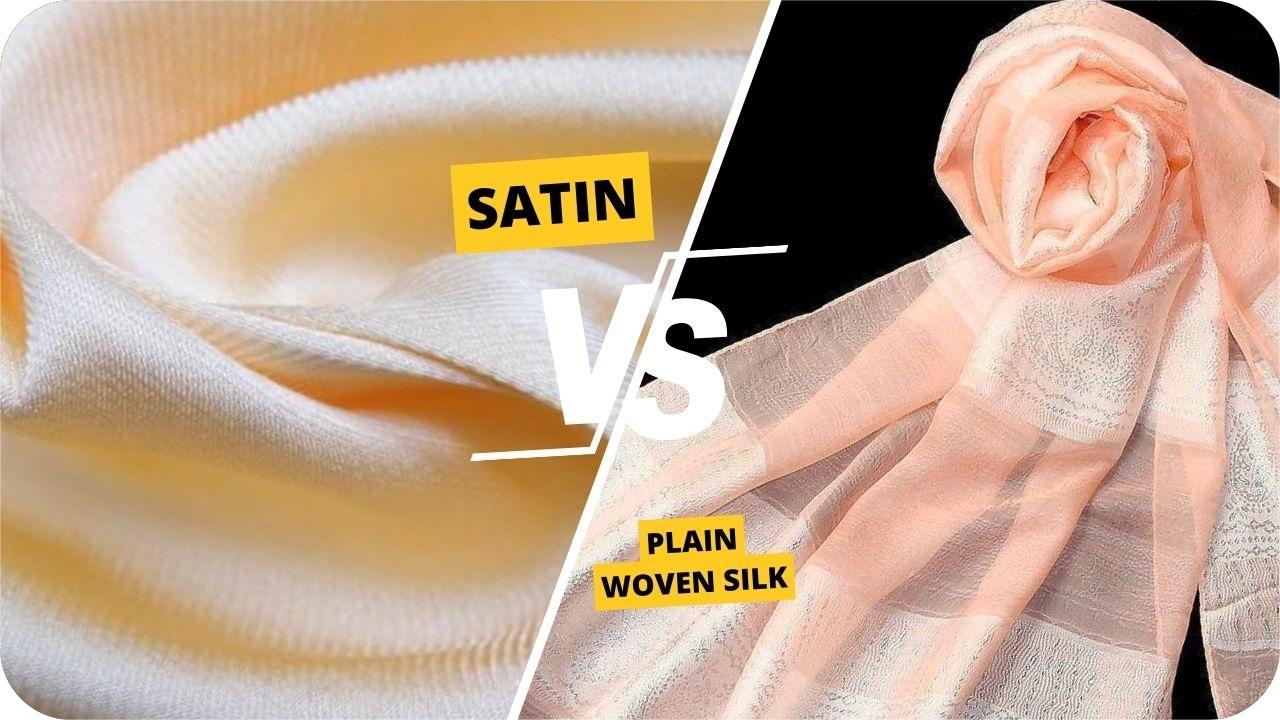
2024-01-05 Silk Classification Series Two Satin & plain woven silk, Wholesale Silk Supplier Suzhou Taihu Snow Silk
Read More 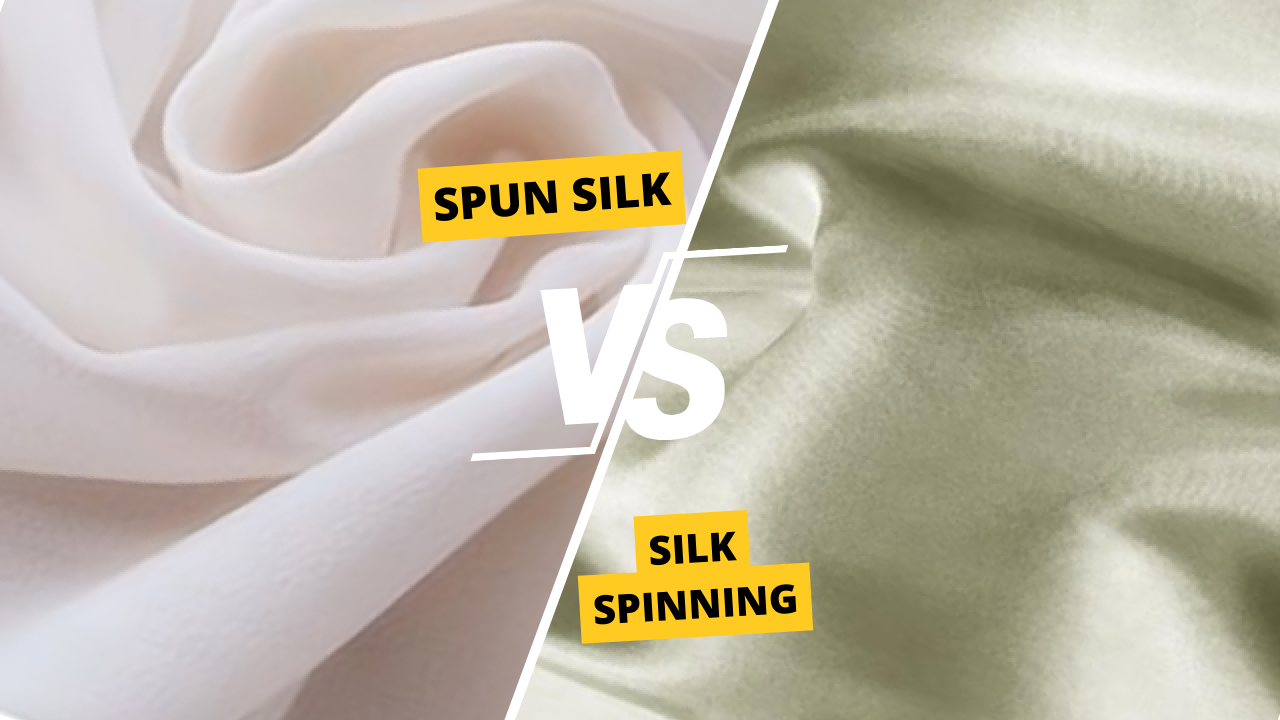
2023-12-28 Silk Classification Series Spun Silk & Silk Spinning
Read More 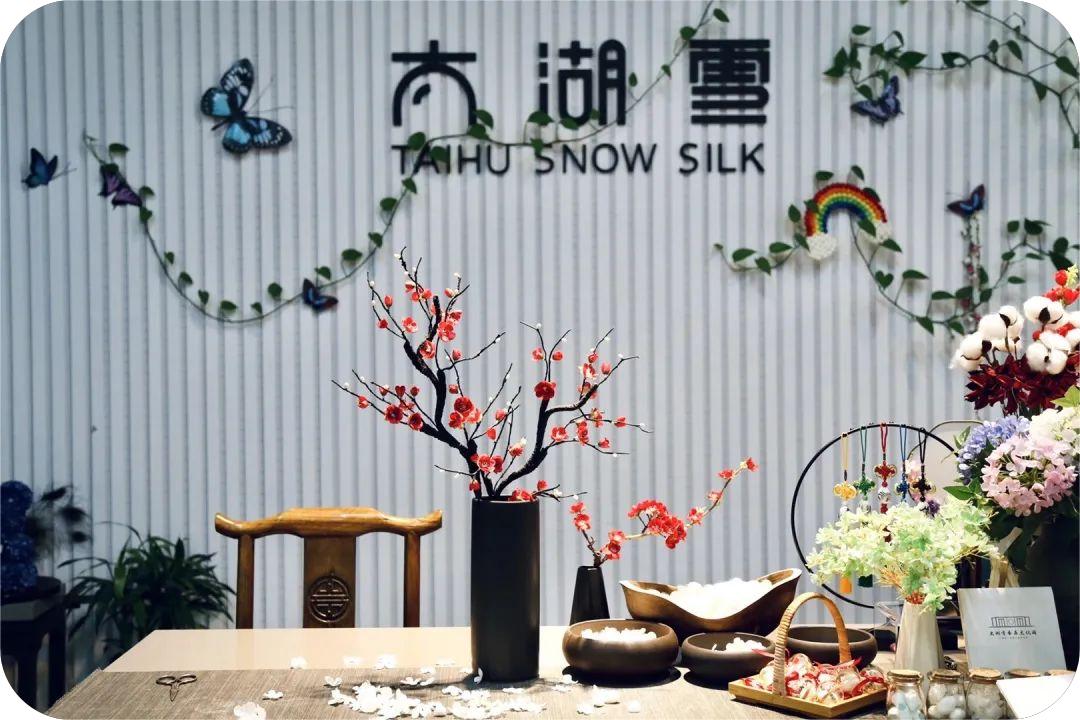
2023-12-20 Taihu Snow Silk’s Silkworm Cocoons Art Cocoon paintingis the art of painting on silkworm cocoons. Special pigments are used to colour the cocoons, which serve as the canvas. The technique requires delicate craftsmanship and extreme precision in hand-painted techniques.
Read More 
2023-12-19 Welcome to Taihu Snow 2024 Frankfurt Heimtextil From 9 to 12 January .The booth number is Hall 10.2booth#A88 . Taihu Snow team has prepared the latest styles of silk products and reasonable prices for your sharing this year.
Read More 









